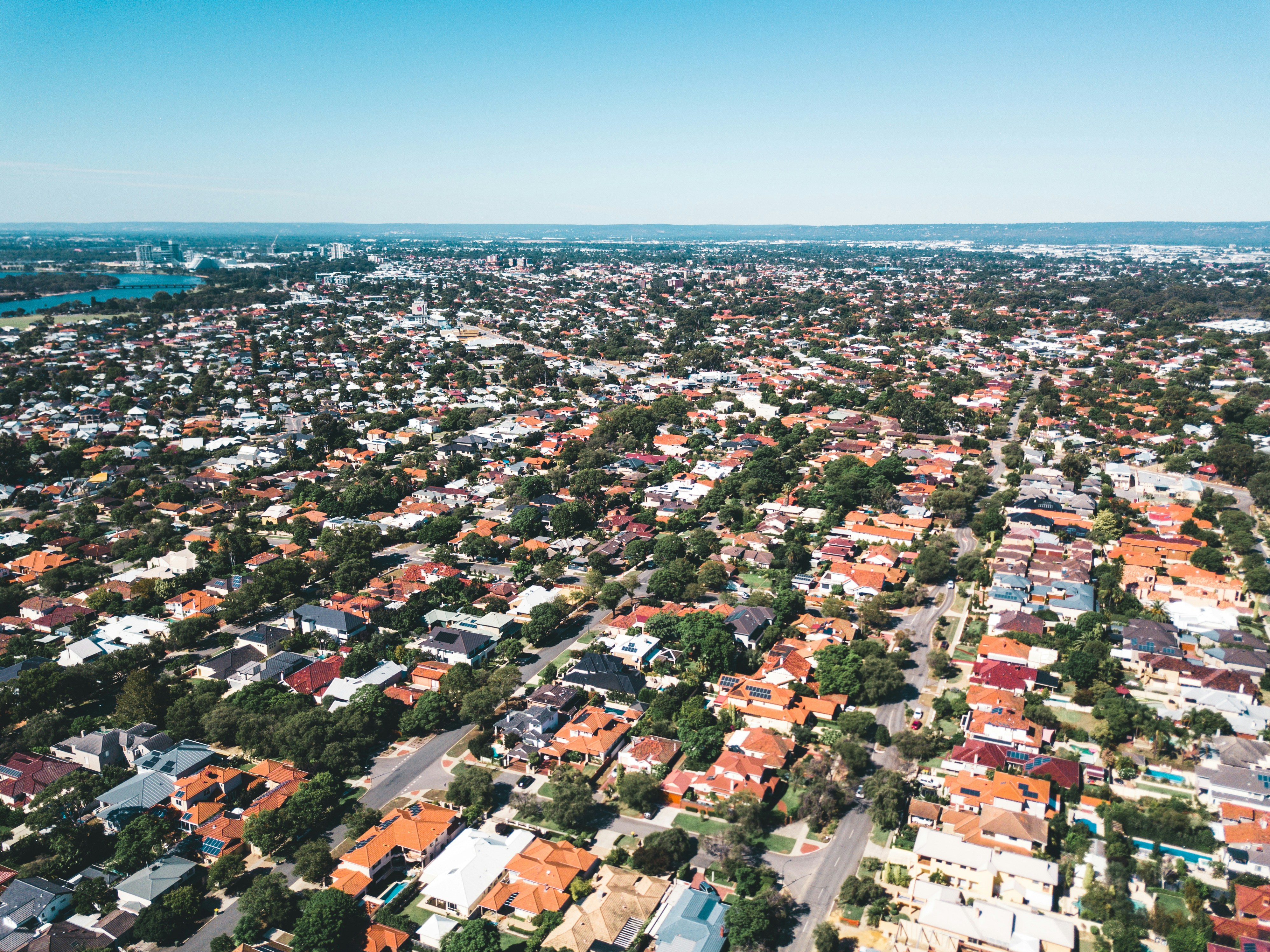While no one has a crystal ball, a good indicator of potential house price gains and falls is changes to residential rents. As a barometer of demand and supply driven by changing demographics, migration and construction activity, these results tell an important story of what might be in store for the year ahead.
A look at Domain’s latest Rental Report shows rental price changes have been a mixed bag across Australia’s capital cities.
Hobart’s units led the country in terms of rental growth, with median weekly rents surging to $410 by 7.9 per cent in the 12 months to December 2019, followed by Perth, where rents saw a 3.3 per cent jump to $310 a week, according to Domain data.
The Tasmanian capital has the tightest rental market in Australia, with a rental vacancy rate of only 0.6 per cent.
Notably, Sydney saw the biggest decline in rents in the country. While unit rents in the Harbour City dropped by 3.8 per cent to $510 in the year to December 2019, it still remains to be the city with the highest rents.
“New apartment construction and slower population growth has weighed on rents, and also contributed to the vacancy rate rising over the past 12 months (3.7 per cent in December, up from 3.5 per cent one year ago),” Domain’s Rental Report wrote.
Despite the decline, there is good news for Sydney landlords, with rents expected to climb again in 2020, as the number of new apartments to be constructed in coming years is tipped to decrease.
And due to the residential property downturn in 2019, which caused prices to fall by more than rents, rental yields saw a boost in Sydney in the past year. But Domain predicts yields to fall in 2020, thanks to interest rate cuts and rising property prices.
In Melbourne, median unit rents increased by 2.4 per cent to $420 in the year to December 2019.
Interestingly, when looking at Melbourne’s rental market in the past three years, prices surged by 11 per cent. It’s worth noting that rents climbed despite a supply boost, thanks to an apartment building boom in the Victorian capital in those three years.
This is likely to be thanks to major population growth in Melbourne – an indicator that demand for rental properties will remain strong, which in turn could push up rents modestly in 2020.
Median unit rents in Brisbane edged up by 1.3 per cent to $385 in 2019.
Significant new construction in the city has prevented rents from seeing substantial growth in the past few years. Unit rents are only 4 per cent higher than what they were in December 2012.
Investors in Brisbane's property market could see more eager tenants, with rental vacancy rate falling from 3.1 per cent to 2.9 per cent in 2019.
But while unit prices dropped in Brisbane, rents were pushed up, which has hiked rental yields in the Sunshine Capital from 2.1 per cent to 5.4 per cent in 2019.
Another property investment hot spot, the Gold Coast, saw unit rents remain steady in the past year, but ballooned by 19 per cent in the past five years.
Median unit rent prices













